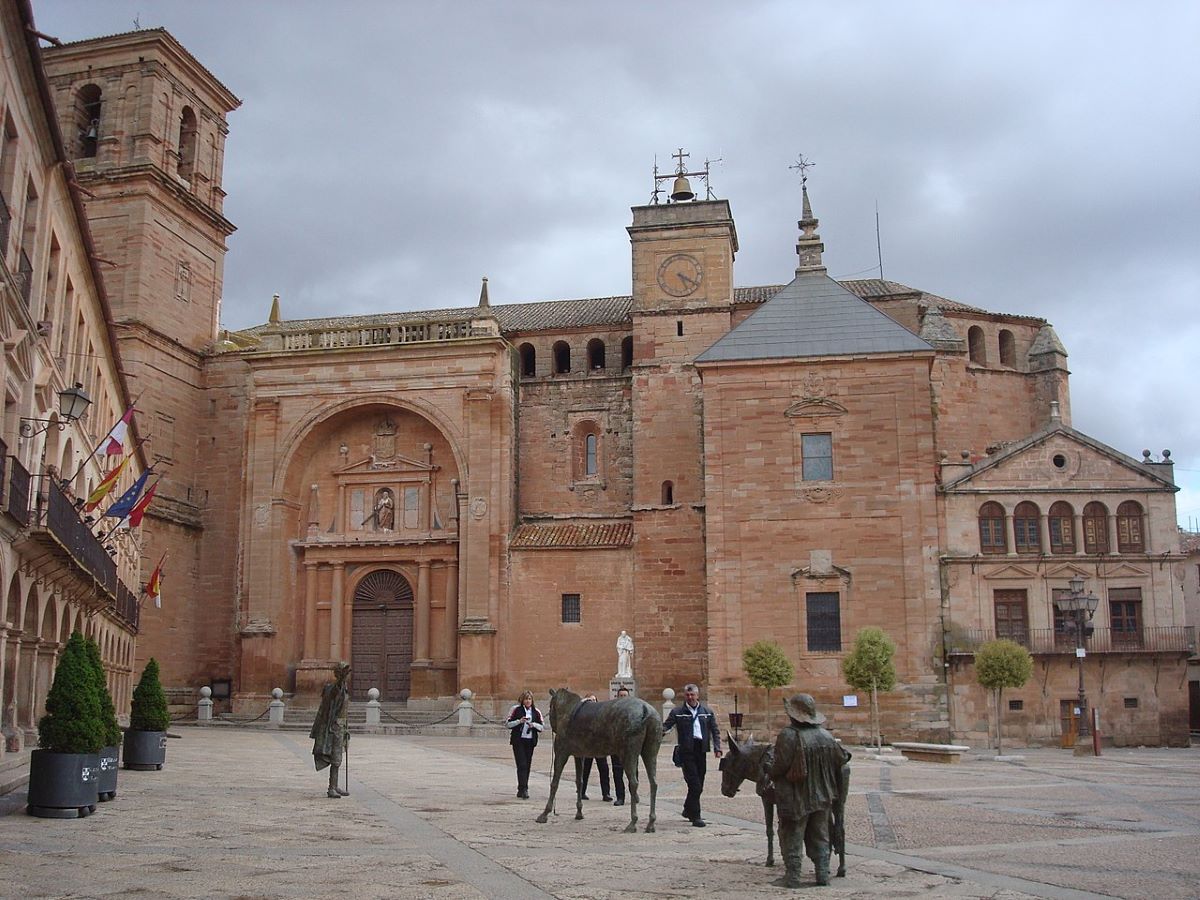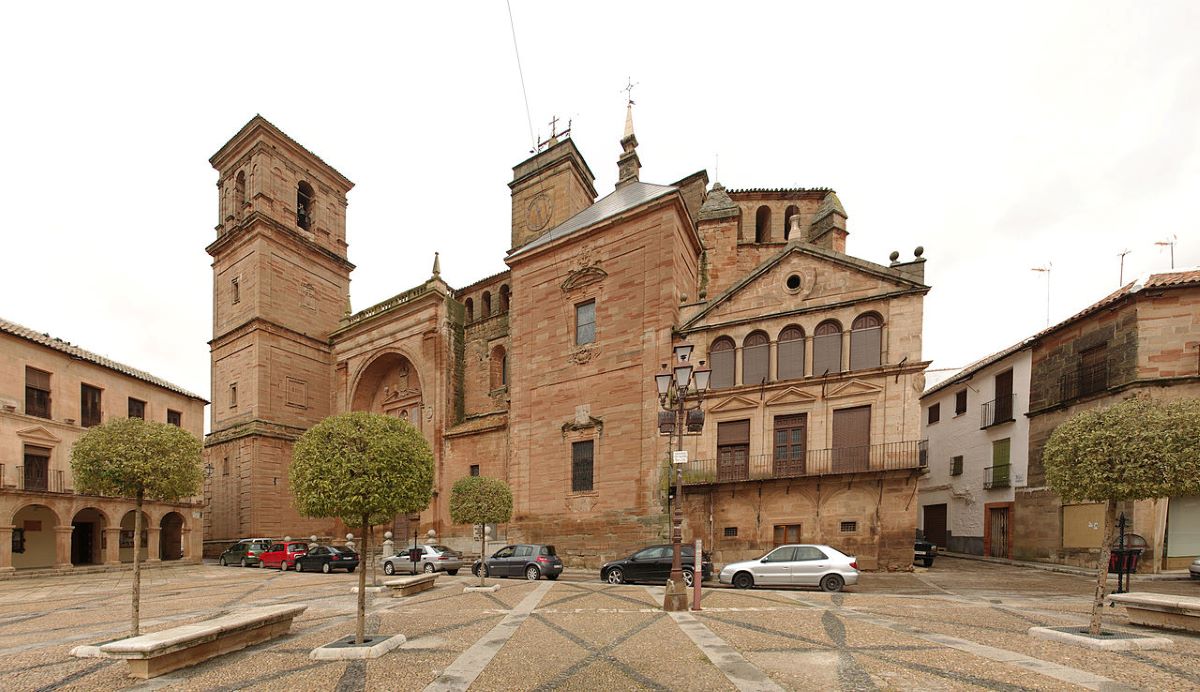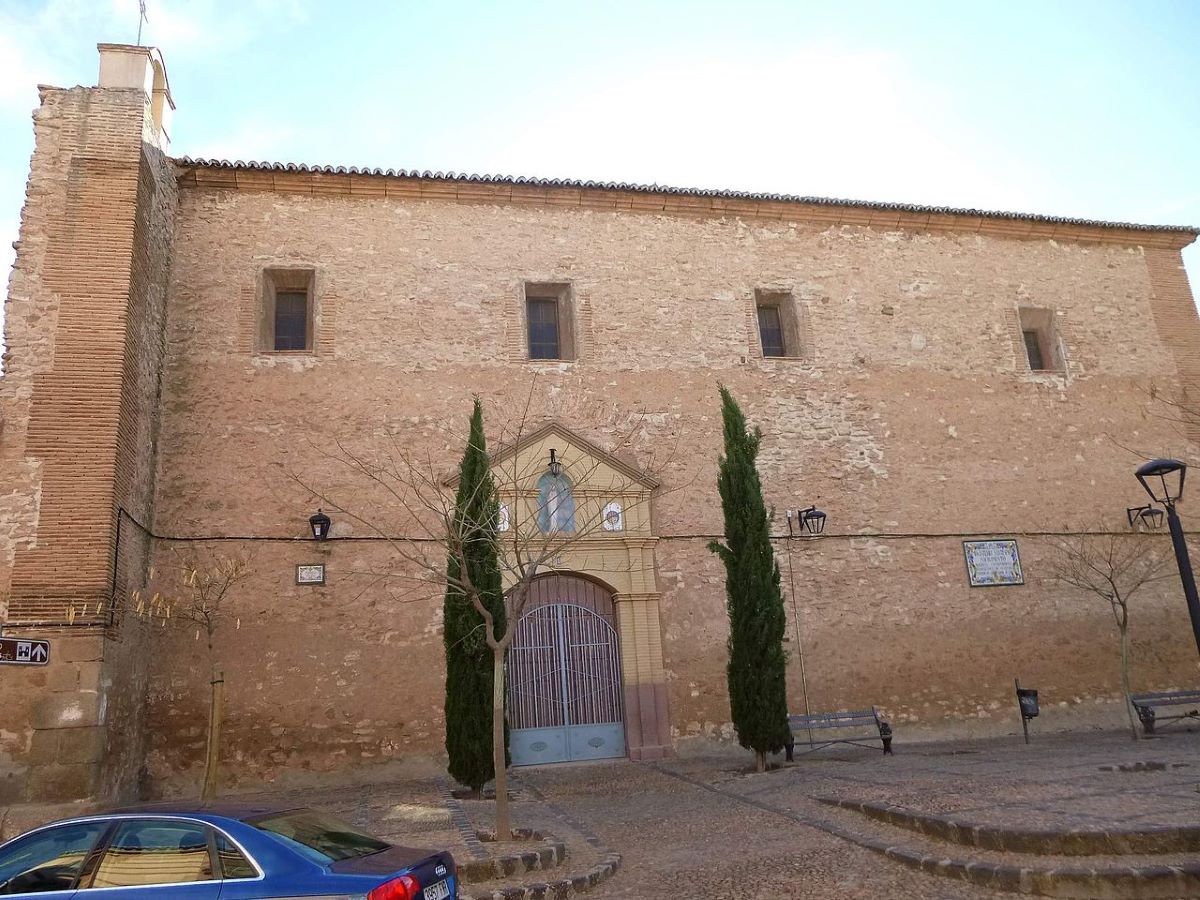
Image | Luis Rogelio HM Wikimedia Commons
One of the most beautiful municipalities in the province of Ciudad Real along with Almagro is Villanueva de los Infantes, which is part of the group of the most beautiful towns in Spain. With around 5.000 inhabitants, it is the capital of the Campo de Montiel region and the place where the remains of the great writer of the Golden Age, Francisco de Quevedo, rest.
The historical complex of Villanueva de los Infantes is the most outstanding in the province together with Almagro. It is striking that, unlike other localities, the original architectural configuration of the center has been very well preserved, as there are no modern apartment houses or buildings taller than others.
Interesting facts about Villanueva de los Infantes
It is a relevant historical ensemble representative of the Renaissance and Baroque in La Mancha. This town offers various places of architectural interest where numerous civil and religious buildings and stately homes of great beauty stand out. On its facades more than 250 shields are preserved and its urban layout is very symmetrical.
We all remember the beginning of the novel Don Quixote de la Mancha in which mention was made of "a place in La Mancha" in a somewhat mysterious way. Well, a multidisciplinary research team from the Complutense University of Madrid concluded as a result of a scientific study in 2004 that Villanueva de los Infantes is precisely that place.
What to see in Villanueva de los Infantes?
Plaza Mayor
In this town, life revolves around the monumental complex of the Plaza Mayor, which dates from the early seventeenth century. The south of the square is formed by wooden balustrades supported by footings. The other two sides are made up of semicircular arches and in the north, the church of San Andrés (a religious complex of great beauty) and the Town Hall.
The church of San Andrés

Image | Rafael Merino Wikipedia
This is the main temple of Villanueva de los Infantes. It was built in the XNUMXth century and its exterior has three facades: two in a Plateresque style and the main one in a classical style. On the contrary, its interior is in the Gothic style with a ribbed vault and side chapels.
In the church of San Andrés the mortal remains of Francisco de Quevedo rest in a metal urn located in a cavity under the ground, which can be seen through a glass.
The Alhóndiga
Located in front of the church of San Andrés we find a building known as La Alhóndiga that was once used to store wheat and as a regional prison from 1719 to the 70s of the XNUMXth century. This place has a rectangular patio with voluminous circular columns.
Santiago Hospital
This is one of the buildings that make up the historical-artistic complex of Villanueva de los Infantes. It is located next to the parish church of San Andrés and was founded by the Order of Santiago to care for the sick, widows and the poor. Its construction is simple and consists of two floors with two entrances. The façade is harmonious and the hispotal consists of two bays, one of which houses the Remedio chapel-church. At present it carries out functions of municipal headquarters.
House of the Inquisition

Image | Angel Aroca Escámez Wikipedia
By means of the shield on the date with the cross, the crossbones and the skull, we can know that we are facing a building that belonged to the Inquisition, specifically to the inquisitor Bartolomé Lucas Patón.
Its interior is articulated in a quadrangular patio with porticoes on eight columns. In the staircase there is a shield where the Cross of Calatrava is represented in the lower part and in the upper part the symbols of the Inquisition.
Stately Homes
Strolling through the streets of the historic center of Villanueva de los Infantes we will come across impressive old stately homes from the XNUMXth and XNUMXth centuries. Several of them are agglutinated in Cervantes street, where many of the noble families of the town settled and that are easily recognizable by their stone doorways with heraldic shields and their typical Castilian patios inside. The Casa del Arco is perhaps the one that attracts the most attention because it is the most artistic of all, although the Casa de los Estudios has one of the most beautiful patios in Villanueva de los Infantes. Francisco de Quevedo himself gave classes there. Another of the most outstanding stately homes is the palace-house of the Marqués de Entrambasaguas.
Religious architecture

Image | Zarateman Wikipedia
In Villanueva de los Infantes there are four monumental churches located in the four main squares of the town: the church of San Andrés Apóstol in the Plaza Mayor, the Franciscanas convent in the Plaza de la Fuente Vieja, the church of the Trinidad in the Plaza from the Holy Trinity and the Santo Domingo convent on Calle Frailes where the writer Francisco de Quevedo died and where the International Poetry Festival organized by the Francisco de Quevedo Literary Order has been held since 1981.